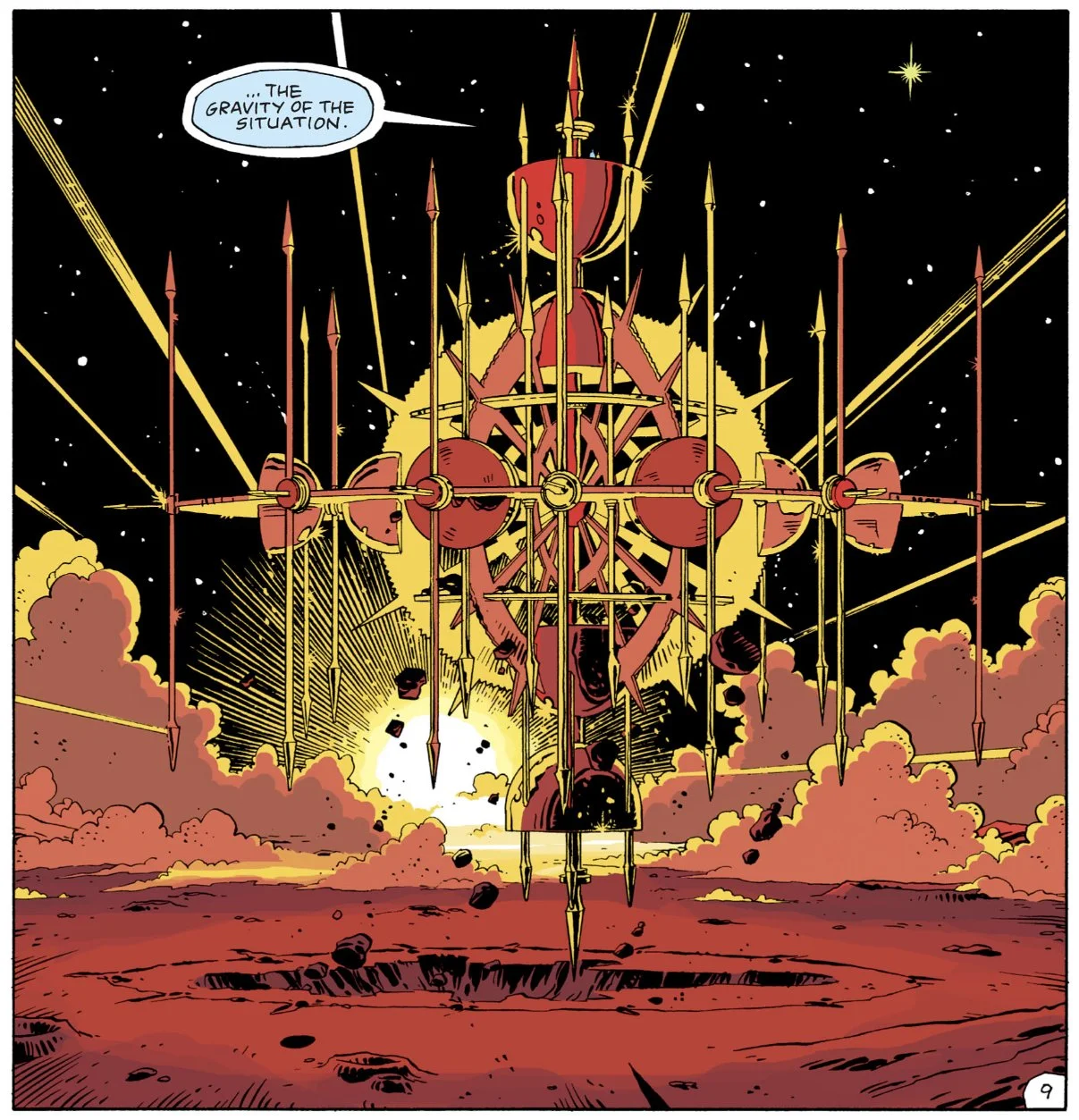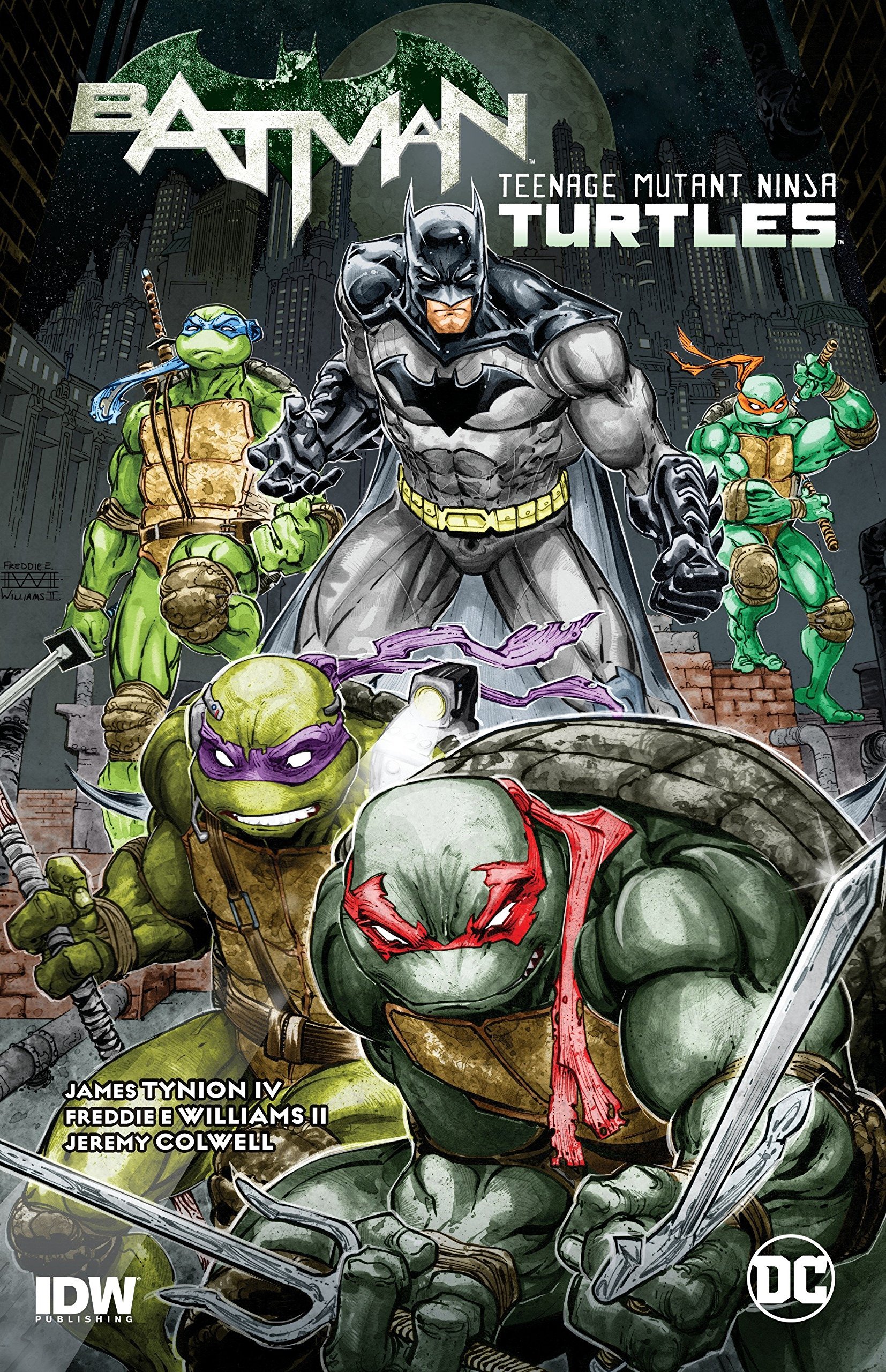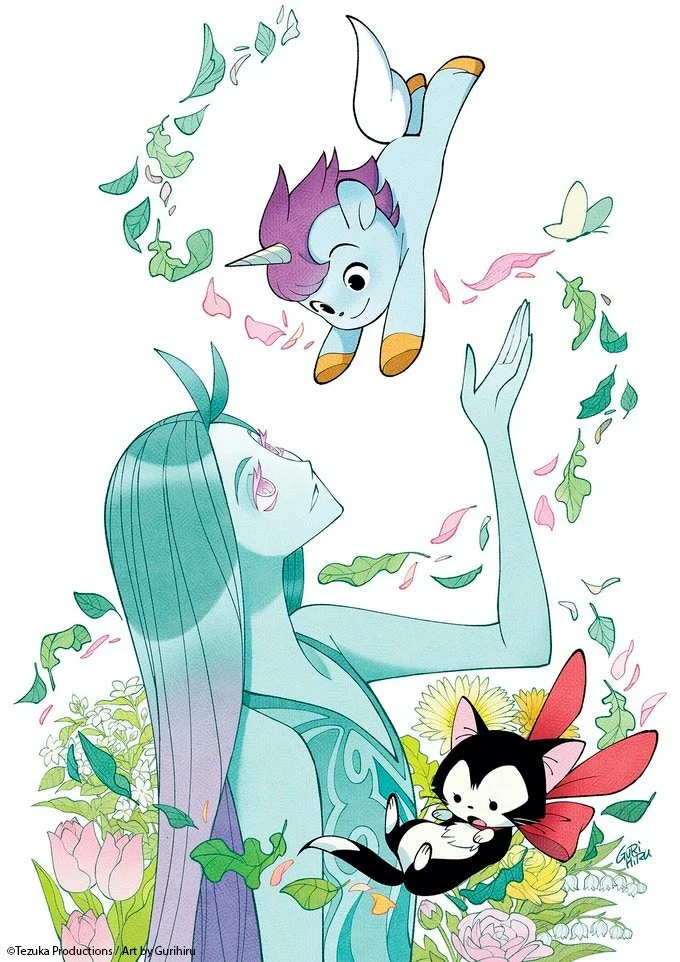Man Without Fear...By The Year: Daredevil Comics in 2001
By Bruno Savill De Jong — It’s 2001. Enron’s financial condition is revealed to be large-scale systemic fraud, Wikipedia launches, and terrorists hijack and crash airlines into the Pentagon and World Trade Center on September 11th. People are listening to “Get Ur Freak On,” watching Shrek and reading Daredevil.
Written by Brian Michael Bendis (16-19), Bob Gale (20-25)
Illustrated by David Mack (16-19), Phil Winslade (20-22, 25), Dave Ross (23-24)
Inks by David Mack (16-19), Mark Morales (16), Scott Elmer (17), James Hodgkins (20-23, 25), Mark Pennington (23-24)
Colors by David Mack (16-19), Richard Isanove (16-17), Chris Chuckry (20-25)
Lettered by Wes Abbott (16-19), Oscar Gongorra (20-25)
Daredevil Comics in 2001
Two storylines encompass Daredevil in 2001. One is the fondly remembered “Wake Up,” the other is the often forgotten “Playing to the Camera.” One was written by an up-and-coming indie creator (Brian Michael Bendis) who would become vitally important to Marvel, the other by a screenwriting veteran (Back to the Future’s Bob Gale) who rarely worked with them again. One has painted, poetic tableaus courtesy of David Mack, the other features more standard, solid lines from Phil Winslade. The two are startlingly different in tone and focus, despite both being conceived as “placeholder” arcs before a permanent creative team took over Daredevil in 2002. And closer inspections reveal these stories brush against similar topics, if from polar opposite angles, revealing the various ways in which Daredevil can be interpreted.
For instance, both heavily involve the role of the media. “Wake Up” is really Ben Urich’s story, as he investigates a young boy, Timmy, rendered into a catatonic delusion through an encounter between Daredevil and his father, Leap-Frog. Urich acknowledges the dwindling newspaper industry, and how Timmy’s story counts as “human interest” piece, despite Daily Bugle editor J. Jonah Jameson railing that it is “not news” and he should be covering the Trial of the Kingpin (“Wake Up” being set contemporarily with “Parts of a Hole”) instead. Urich agonises over his personal attachment to Timmy and his “journalistic integrity,” believing himself above the mock-trial of the Kingpin which “O.J. laughs at.”
“Playing to the Camera” also contains a reference to the O.J. Simpson trial – when Matt Murdock’s advantageous lawyer rival Claude Unger “plays the race card” in defending a client – and, as the title suggests, is entirely about a “media circus.” This story sees wealthy philanthropist Samuel Griggs wishing to sue Daredevil for property damage in a highly publicised trial, hiring Matt Murdock as his attorney. While Urich in “Wake Up” wanted to shine a light on stories deemed “unimportant,” “Playing to the Camera” is about a massively popular “celebrity” trial, despite contains several characters commenting it as an utter waste of time, with the presiding Judge even bitterly dismissing it as an “asinine case.” Both are cynical stories about the distribution of attention, but “Wake Up” focuses on those that “fall between the cracks” while “Playing to the Camera” operates within the spotlight.
These differences continue in how each storyline frames Daredevil within them. “Wake Up” is from Ben Urich’s perspective, trying to find what happened to Timmy while being unable to reach Matt Murdock. Daredevil largely exists here inside of Timmy’s imagination, a larger-than-life figure who he both idolises and fears. “Wake Up” is very similar to Frank Miller’s “Roulette,” where another boy obsessively worshipped Daredevil and was mentally broken through him fighting with his father. But there, Matt Murdock was a direct witness. Here, Daredevil is a distant, mysterious figure, and even when he does briefly appear at the end, Urich admits he has trouble differentiating between his friend Matt and the person inside the red costume.
Comparatively, “Playing to the Camera” humanises and showcases all aspects of Matt Murdock. It focuses upon the inconvenience of being hounded as Daredevil while maintaining a civilian identity, never leaving his perspective the entire time. If “Wake Up” was about Daredevil’s crime-fighting influence, “Playing to the Camera” is about Matt’s legal side, giving detailed explanations of why he decides to take philanthropists Samuel Griggs’s case (to better control and investigate the lawsuit) and his strategies while in costume. Far from being a mythic, hard-to-reach figure, “Playing to the Camera” articulates the logistical issues of the man inside the suit.
Matt accepts the ethically dubious position of being Griggs’s lawyer, therefore being on both sides of the lawsuit, since he maintains he never caused this property damage. So alongside trying to simmer down the loud-mouth narcissist Griggs, “Playing to the Camera” is also an investigation into the truth of what really happened. The specifics of the mystery are not important to recap, but “Playing to the Camera” is greatly concerned with people manipulating the perception of events. Several times Griggs makes a public statement to the press which forces Nelson & Murdock to escalate the case (less they seem incompetent) with him being unable to settle otherwise he’ll “look the fool.” “Playing to the Camera” is filled with people who “massage the truth” (including our hero), tweaking events so the outcome will go their own way.
“Playing to the Camera” is about those who won’t shut up. “Wake Up” is about a boy who won’t talk. Ben Urich is frustrated in his search for the truth of what happened with Daredevil since Timmy stonewalls him, only speaking in inane dialogue from his imaginary comic book battle. For Urich, the pieces are there, but they only reveal themselves slowly, like the fact Timmy’s father Leapfrog was physically abusive. Urich lays out all of Timmy’s childish comic drawings, but cannot figure out the order, “truth” hampered less by alternate agendas so much as a psychic block. A harmonious truth in “Playing to the Camera” is covered up by too much jabber and noise, but in “Wake Up” it is nearly squandered by an unwillingness to speak up or to listen.
Another specific commonality in these stories is them utilising obscure villains from Daredevil’s ‘60s era. Mutt himself muses “I feel saddled with the most pathetic rouges’ gallery.” Leap-Frog debuted in 1966’s Daredevil #25 (“Enter: The Leap-Frog!”) but is only remembered, if ever, as a ridiculous and garish criminal who seems like an off-shoot of Daredevil’s other derided leg-themed enemy Stilt-Man. Leap-Frog’s poor reputation is central to “Wake Up,” as it leads to the authorities and J. Jonah Jameson dismissing the case and it’s victims (they’d likely take Bullseye more seriously).
But “Wake Up” seeks to deconstruct the colourful and bombastic battles of such retro supervillains. Timmy reconstructs such fights in his mind, but as a defence against the far more “real” violence his father inflicted against him. The silliness of Leap-Frog distracts others (including Daredevil) from seeing him as a real threat, but “Wake Up” peeks into the domestic victims of these ostensibly goofy villains.
Leap-Frog is central to “Wake Up,” even if he only appears in flashbacks. Daredevil’s retro ‘60s foes in “Playing to the Camera” – The Jester, and to a lesser extent, The Matador – make fuller appearances in the plot, but both are ultimately red herrings. The Matador appears posing as Samuel Griggs’ therapist Arnold Quaid (a reference to the brainwashing Arnold Schwarzenegger film Total Recall) who confesses to hypnotising Griggs and implanting him with false memories. Yet when Daredevil brings him in, Matador denies any of this (his steady heartbeat showing he is sincere), the whole beat a distraction from the real ringleader to further discredit Daredevil’s reputation.
The Jester serves a similar function. After some build-up of him being released from prison, Jester robbing a bank is only an elaborate scheme to publicly serve Daredevil court summons. Afterwards, he promptly disappears from the story. The Jester thematically symbolises folks making themselves into “fools” for greater attention, since The Jester’s M.O. is how he loves the spotlight. But both he and Matador are only goofy distractions and accessories to the more quotidian lawsuit Daredevil is pulled inside of.
These stories respective use of their retro supervillains exemplifies the type of story they are trying to tell. The Jester’s “bank robbery” in “Playing to the Camera” is carefully explained as being fully legal, since Jester stated before it was a “performance” and only “asked” for citizens to give him their money. “Playing to the Camera” is an exceedingly logical and tightly-wound story, filled with scenes of people calmly and rationally explaining their thought process behind their decisions. Matt and Foggy Nelson carefully lay out their reasoning behind whether or not they should take Griggs’s case in the first place. Griggs makes persuasive arguments for bringing up the lawsuit. The two layers even find it hard to fault their new legal aide’s initiative, since she is only doing her best to win them the case.
Since it centres around a lawsuit, “Playing to the Camera” takes readers through the mercurial steps of the process – including details of settlement offers, summary judgements, evidence exchanges, characters witnesses, jury selection etc. – before only reaching the trial in the last issue. Although the actual resolution of the case is extremely abrupt and anticlimactic, “Playing to the Camera” ultimately has a sturdy and fact-based structure that carefully explains it’s sequence of events.
“Wake Up,” meanwhile, is a far more poetic and impressionistic story. Ben Urich specifically says he is “losing his objectivity” around Timmy’s case, relentlessly pursuing it against all reason. “Wake Up” is filled with dreams and musings, the half-formed childish fantasies of Timmy’s reconstructed memories or Urich dreaming about “Spiked!” (Daredevil #179), where Elektra killed a witness right next to him. Bob Gale populates “Playing to the Camera” with self-confident people calmly asserting themselves, but Brian Michael Bendis’ distinctive writing style revolves around rhythmic self-doubt, with characters frequently repeating themselves in short bursts to frantically reassure themselves. Bendis’ style involves stammering and staccato sentences, authentically (if theatrically) capturing the vague and messy emotions attached to cases like this.
These differing tones bleed down into the art-style. Phil Winslade – and, for certain issues, Dave Ross – provide competent if standardised pencils, accurately and evenly depicting the cast of characters without exaggeration or distracting style. “Wake Up” is illustrated by David Mack, who applies a mesmerising watercolour style to the story. Through his multifaceted artwork, “Wake Up” becomes a unique and textured experience, combining photorealistic references with strained cartoonish scribblings and creased paint, often descending into bizarre full-page collages which are reminiscent of Robert Rauschenberg.
Neither 2001 Daredevil arc is exactly an archetypal superhero story. “Wake Up” is an experimental deconstruction, which places standard comic-book dialogue in Timmy’s catatonic mouth, contrasting the colourful exploits of Daredevil’s outer layer with a melancholic investigation into lost souls and trauma. And while “Playing to the Camera” is a bit more commonplace, it also rejects a compressed excuse for fisticuffs in favour of extended debates on the minutiae of the American justice system. One shows Daredevil as fertile ground for artistic experimentation, while the other shows the fascinating scenarios possible within standard parameters.
Although “Wake Up” is the better remembered story of the two, and likely most people’s preference, “Playing to the Camera” does provide a well-written and engagingly thorough exploration of the prompt “what if Matt Murdock prosecuted Daredevil?” (If you can ignore it’s deus ex machina ending). 2002 would see Bendis return to Daredevil in an official, long-term capacity for his highly-venerated run on the character. The seeds of this are obviously evident in “Wake Up,” but honestly the added ‘realism’ and investigation into legal ramifications present in “Playing to the Camera” will crop up too. Daredevil can seem to be a character of contradictions and contrasts, but each of these different sides can be synthesised into one complete, complex persona.
Read classic Daredevil Comics!
Check out past installments from The Man Without Fear…By The Year!
Check out Bruno Savill De Jong’s last regular series, Gotham Central Case by Case!
Bruno Savill De Jong is a recent undergraduate of English and freelance writer on films and comics, living in London. His infrequent comics-blog is Panels are Windows and semi-frequent Twitter is BrunoSavillDeJo.












